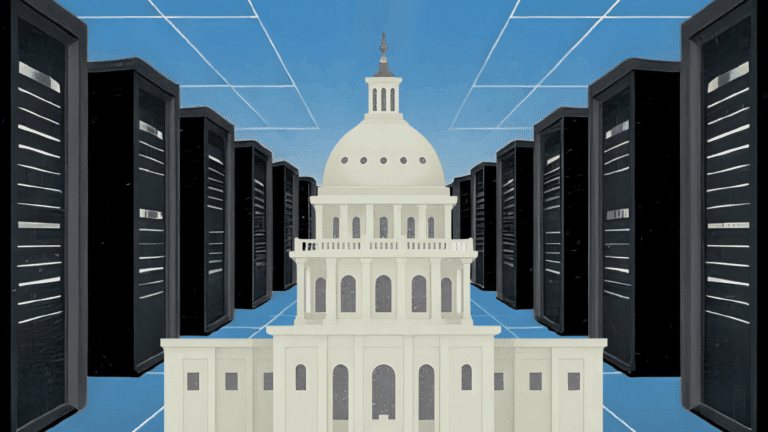Could a strategic lithium reserve kickstart US supply chain development?
NEW YORK -- A strategic lithium reserve is being mooted as a solution to stabilize volatile prices that have hindered American mining projects, allowi
Current Access Level “I” – ID Only: CUID holders, alumni, and approved guests only
Commentary by A.J. Goulding • October 10, 2017
By AJ Goulding and with research support from Stella Jhang*
Faculty affiliate A.J. Goulding explores U.S. Secretary of Energy Rick Perry’s September 29 order to the U.S. Federal Energy Regulatory Commission (FERC) to address threats to U.S. electrical grid resiliency. Goulding writes that the order, which instructs FERC to put in place cost-of-service mechanisms for power plants with 90 days of onsite storage, leaves FERC and Independent System Operators in a challenging position.
Goulding indicates the order appears intended to prevent market-driven retirements of coal and nuclear stations, which have been pressured by cheap natural gas and significant new renewables additions. He also notes that even if the order were to survive the inevitable litigation, the timeline for implementation is far too short.
The commentary argues the proposed solution to resiliency issues fails to take into account the physical realities of the U.S. power system and existing grid reliability requirements, as well as the distortions it would create by interfering with market forces. To reduce the order’s distortionary impact, Goulding offers five steps ISOs can take to move forward, and he concludes by outlining institutional challenges ISOs would face in implementation.
From the east to west and north to south, in red states and blue states, attention to data centers is skyrocketing in state capitals across the United States.

Libya's bid round for new oil and gas exploration and production highlights its potential revival as a major oil producer.

Economic, political, and fiscal realities have shifted energy policy priorities across the globe toward the goals of affordability and competitiveness.

Full report
Commentary by A.J. Goulding • October 10, 2017